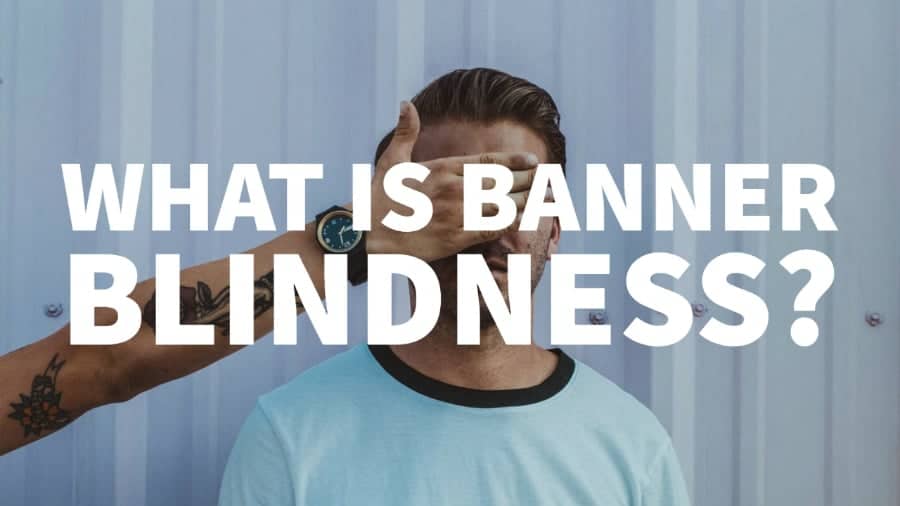
This post was most recently updated on July 6th, 2022
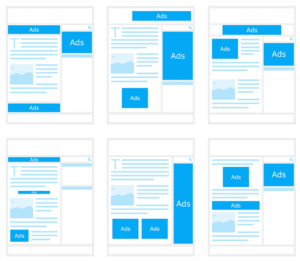 In the ever-changing landscape of digital advertising, one would wonder if banner ads are still relevant and useful.
In the ever-changing landscape of digital advertising, one would wonder if banner ads are still relevant and useful.
The first banner ad was introduced in 1994, and it garnered a 44% click-through rate (CTR). From that time, the number of banner ads that were served and seen by web visitors has gained tremendous growth, but the high CTR was not maintained.
The average click-through rate took a nosedive – hitting only 2% in 1995 and a measly 0.6% in 2003. Solve Media even published such strong statements in 2011 like “You are more likely to summit Mount Everest than click a banner ad” to illustrate how rare clicks are for banner ads.
There is also this lingering notion that banner ads are now less effective. It’s reinforced by factors like the increased usage of ad blockers and the rise of bot clicks. In the center of it all is the issue of banner blindness.
Banner blindness is a term in online advertising to describe a (phenomenon) where website visitors consciously or unconsciously ignore information from banner ads. It represents the ineffectiveness of banner ads.
Banner blindness is not only an advertisers’ problem; it also affects publishers maintaining the website. Ever wonder why your prominent “call to action” implementation gets easily noticed but your ads or promotional banners doesn’t?
This is because your users go to your website for a specific reason or intent. Most of them would consider ads, especially those intrusive ones, as distractions. Your website users will weed out and dispose of any unnecessary elements in their quest to accomplish their intent.
Despite the numerous studies and claims that banners are now ineffective, getting rid of them is not recommended or not a good idea at all. In fact, according to Iron Paper, the banner ad display format had a 7% compound annual growth rate in 2017 and is continually generating significant revenue for websites or in apps.
Here is a graph that shows the expected revenue trend until last year.
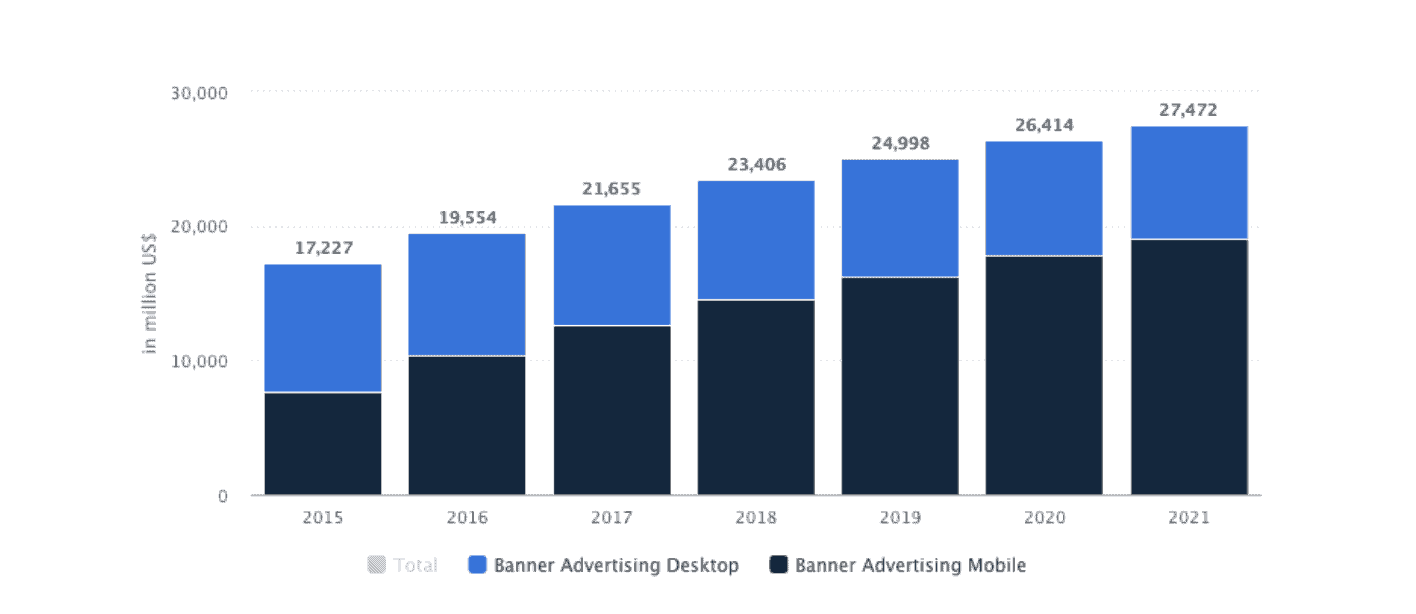
Source: https://www.ironpaper.com/webintel/articles/banner-advertising-stats-and-trends-for-2017/
If you want to get the most of your banner ads and minimize the effects of banner blindness, try using these techniques:
Ad sizes like the leaderboard and rectangles are solid performers. You can maximize their performance if you experiment with placement by placing ads in not so typical locations and see if it increases the CTR.
You can also experiment with other ad sizes like 336×280 instead of 300×250 or by using multiple sizes in a single placement.
Making your ads sticky is also a great way to get more impressions, but you will have to be careful with the implementation and make sure that it doesn’t disrupt or affect your users’ experience.
Your ad style and design are also important factors that you can tweak to find out which is more useful for your users. Here are some questions you should be considering when deciding on your ad design
When experimenting, use caution in deciding what style or design to utilize for your ads. Making it too prominent and changing your content to look like ads might have some drawbacks.
The Nielsen Norman Group, a world leader in research-based user experience, has published their new findings in an article last April 2018 stating that “users have learned to ignore content that resembles ads, is close to ads or locations traditionally dedicated to ads.”
One of their recommendations on how to effectively design content and ads on your website is to run usability tests. The tests take place with real users, measures how usable a website is or how easy it is for users to reach their goals.
Their website also has a ton of resources for usability testing like the videos below that you can use to assess your site’s UX.
Analytics vs. Quantitative Usability Testing
Ad revenue is critical for publishers, and a good ROI should always be the goal. However, user experience should not be sacrificed when aiming for higher revenues.
It is important to assess continually and to find the right balance between these two essential elements if you want to lessen the impact of banner blindness on your website.
Always ask yourself these three questions:
Your core content areas always gets the most engagement and viewability. It is also one of the best spots to deliver advertisements and even natively insert them in your content.
According to this eye tracking study done by Infolinks, “natively integrated ad units were seen 47% percent more quickly than banner ads on the same pages, and that the area on the page containing these units was seen by 451% more people that the banner ad.”
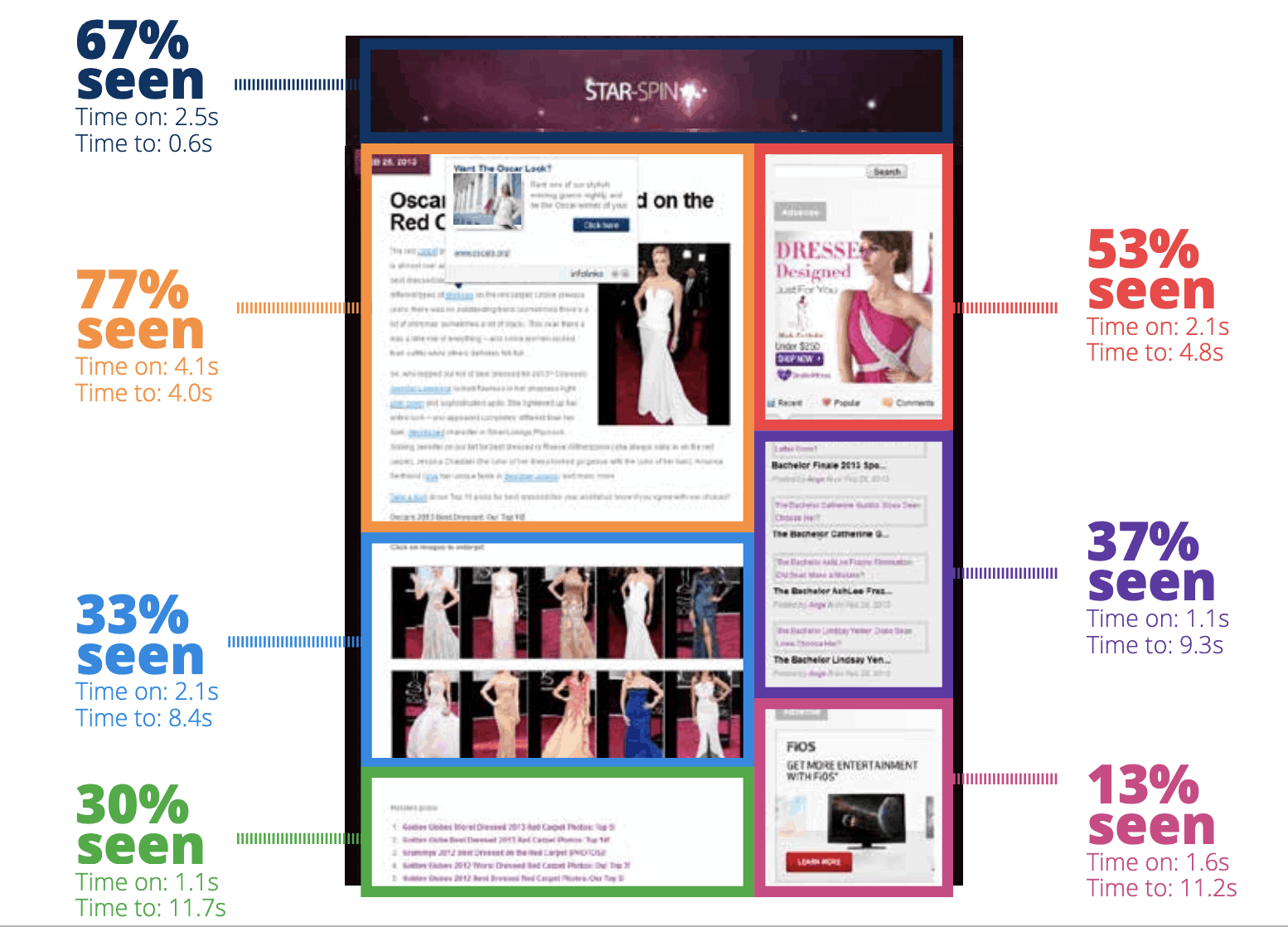
The study shows that users tend to notice native advertising in the same way they see your content. Not only are native ads most likely to be seen, but it has more chances to get an engagement/click from your user because most they will find these as ads more relevant to them.
Bi Intelligence published a report forecasting the usage of native ads. In this report, they estimate that by 2021 native advertising will take 74% of all US display ad revenue and that the total estimate of native ad revenue is expected to grow at around 17% each year.
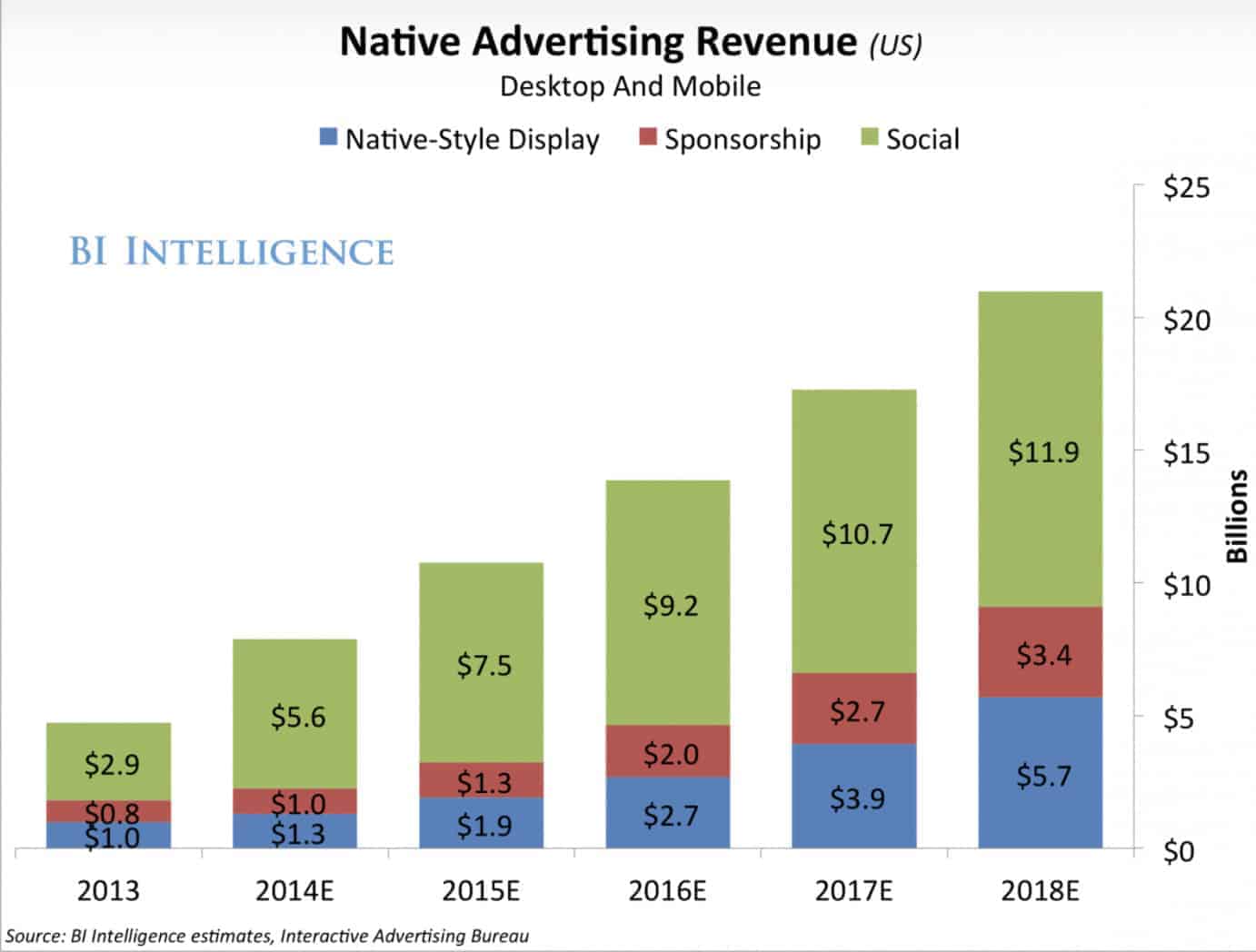
With this potential growth in mind, publishers should consider adding native ads to their ad inventory. It could help fill the gap in earnings loss caused by banner blindness.
Banner ads are here to stay, and it continues to add value to both publishers and advertisers. However, this long-standing phenomenon is not likely to disappear anytime soon. What the Publishers can do is to employ effective countermeasures as outlined above.
Are you struggling with banner blindness? Book your free consultation and let MonetizeMore help you combat the issue and maximize your ad revenue.
10X your ad revenue with our award-winning solutions.